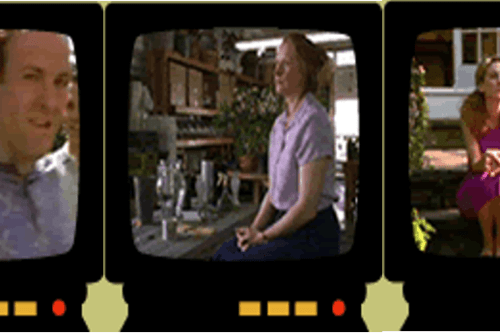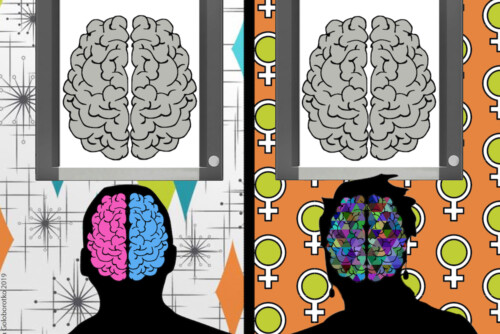Without ‘natural biology’—’itself’ or otherwise—both the apparent fixity of sexual difference, and its ‘essential’ connection to reproduction, lose their foundation and their self-evidentness. Today, post-stem cells and Dolly, this truism has become so well established in both the life sciences and popular consciousness that it has become unclear what the adjective ‘biological,’ or the expression ‘biological fact’ mean anymore. Following the model of experimental embryology, in which parts of wholes are transferred, fused, and recombined in order to understand the basic mechanisms of development, the life sciences are increasingly oriented toward molecular biology, synthetic biology, and nano-biology under the sign of the new mantra of biological redesign: in vivo, in vitro, in silico. This is transbiology: a knowledge-production system that no longer differentiates between life and non-life, or even organic and non-organic, at the level of the basic component of bioengineering.
What is striking about IVF is its dual importance to this shift—in terms of changing both the cultural logic of biological reproduction as well as the nuts and bolts of how it is accomplished. These are what IVF ‘models’—in both the literal experimental and the wider cultural senses suggested by Strathern. As Strathern predicted, a change in how we think about kinship inevitably affects how we think about relationships, as well as the difference knowledge makes by making things explicit. As Firestone might add, this process is dialectical: with new knowledges come new relationships and with new relationships come new knowledges. We can see this in the case of Thomas Beatie, and from his highly publicised re-scripting of the relationship between gender, sex and, reproduction will come others. This is how the future does not reproduce itself exactly. It is also what we might call transbiology in the form not only of transgender, but transpregnancy, and transkinship (if not trans-parency).
The concept of ‘trans-‘ was instructively hijacked by Haraway in her effort to imagine what a feminist politics of biology might look like shorn of loyalty to blood, lineage, families, mother nature, or purity. She used the ‘trans-‘ of the transgenetic and the transuranic to extend the cyborg’s mission to live perversely and blaspheme ironically. The rogue prefix trans- does important figurative footwork for Haraway by highlighting the shape-shifting, categorically non-compliant events that engender unexpected alliances and break out of restrictive norms. Indeed, for Haraway trans- is both a model and a method of feminist biosociality.



